
StoryLinks Interviews JAMES MOLONEY
by Mia Macrossan
James took time recently to chat to StoryLinks about his latest book The Young Vikings, an exciting adventure story for younger readers.
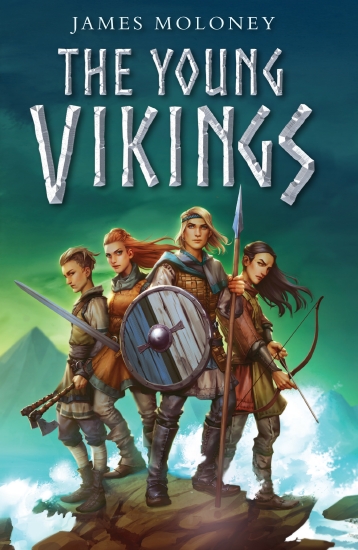 James Moloney hardly needs an introduction but here goes. He is an award-winning Queensland author who has written nearly fifty novels for young readers aged from six to sixteen. His first book Crossfire came out in 1992 and is still in print. He has won numerous awards from the Children’s Book Council including winning Book of the Year for Younger Readers for Swashbuckler and Book of the Year for Older Readers for A Bridge to Wiseman’s Cove. Dougy, Gracey and Lost Property were all CBCA Honour Books in the Older Reader category. Buzzard Breath and Brains, The House on River Terrace, Touch Me and Kill the Possum were all short-listed in the year they were published. Silvermay won the Golden Inky Award and Touch Me also won the Victorian Premier’s Literary Award.
James Moloney hardly needs an introduction but here goes. He is an award-winning Queensland author who has written nearly fifty novels for young readers aged from six to sixteen. His first book Crossfire came out in 1992 and is still in print. He has won numerous awards from the Children’s Book Council including winning Book of the Year for Younger Readers for Swashbuckler and Book of the Year for Older Readers for A Bridge to Wiseman’s Cove. Dougy, Gracey and Lost Property were all CBCA Honour Books in the Older Reader category. Buzzard Breath and Brains, The House on River Terrace, Touch Me and Kill the Possum were all short-listed in the year they were published. Silvermay won the Golden Inky Award and Touch Me also won the Victorian Premier’s Literary Award.
James has an enviable reputation for quality writing. He creates characters that are impressively genuine and many of his novels engage with difficult and challenging themes. His books have ranged over an incredibly wide variety of subjects so you don’t know what to expect when you read one of his books. He is never predictable and has long been recognised as a master storyteller for young people.
What made you decide to write The Young Vikings? How did that story come about?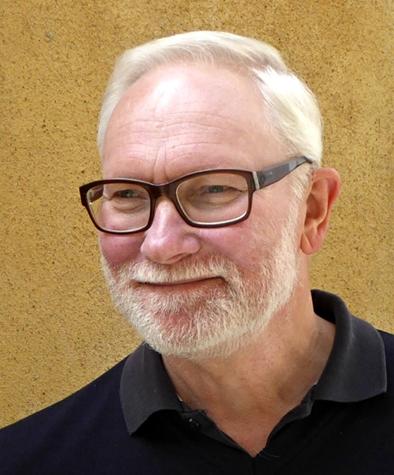
Vikings have been in the public conscious lately thanks to the rather blood-thirsty, but none-the- less riveting television series (Vikings, on Netflix 2013 -). I remember an earlier TV series from the sixties, when, as a child, I would go into my backyard after each program and imagine myself in the leading roles (Tales of the Vikings, 1959-1960). Why write about them? I could see my career as a YA writer tapering off for reasons explained elsewhere. I was hunting around for a series of adventure stories which are simpler in theme and which would follow the same characters instead of inventing entirely new and original personalities each time. And what’s not to like about Vikings? They travelled the world, bonded strongly with friends and family, fought many battles and worshipped gods as majestic and flawed as the Greeks.
What came first, a character, a setting, a time period, a culture? In The Young Vikings Hauk leads a band of teenagers on a quest for revenge. Why did this revenge quest type story appeal to you?
I’ve always been plot driven, even when the original spark for a story might come from meeting an unusual person. My first instinct is to get the story down in furious brainstorming sessions where I throw words at the screen to see how my ideas fit together. This goes on for days, even weeks until I can tell myself a coherent story in a couple of pages of A4 and although characters will have emerged with names and story arcs, I only concentrate on their personalities once I have a general idea of what is going to happen to them.
For The Young Vikings, the historical time period and distinctive culture weren’t so much the driver of my thinking, as guidelines that I had to keep my story within. The Vikings were a vengeful people, as dictated by their Gods who promised the legendary Valhalla to warriors who died with a weapon in their hands. Let’s be frank here – such a cultural mindset offers wonderful opportunities for the novelist seeking adventure and conflict. Yet the quest for revenge also gave me the chance to differentiate between characters. Harald wants to charge into battle (and certainly die) merely to satisfy his sense of honour while my protagonist, Hauk, who is no less hellbent on avenging his father’s murder, wants to stay alive so he can support and protect his remaining family.
Some amazingly young children have seen Game of Thrones (HBO 2011-) and it could be said that its influence has crept into children’s and YA fiction – more violence, more bizarre events, and lack of certainty about the main characters surviving to the end. In general literature for children today shows more violence How do you portray violence in The Young Vikings?
Full disclosure – I’m a huge fan of Game of Thrones. In defence of GOT, it has the best array of strong female characters currently going around, from kick-arse warriors to masterful political operators. Mind you, I’m not about to sit a class of Year Six girls down to watch a few episodes so they can benefit from the successful role models on display.
Concern about the effect of graphic violence and morally ambiguous storylines on children goes back decades. Movies and television are always pushing boundaries, not necessarily with the best intentions, either. And let’s not forget that between leaving school at 3.00 pm and dinner at 6.30, a lot of kids blow away hundreds of people – on screen – in a gory spray of yellow and red.
When it comes to Children’s Literature, authors have to set their own boundaries, by being honest and feeling comfortable with what we produce. Nothing stands out more than when you lie to children. They know life can be tough and unfair (just look at the nightly news!) even if they are well cared for personally and largely protected from the suffering others endure. Equally, it will stand out if you write gratuitously about dreadful events simply to match the zeitgeist. And authors who write stories to teach children moral certitudes should be teleported into an episode of Game of Thrones to die a horrible death.
For me, it comes down to words on the page and what images and concepts those words are likely to evoke in the minds of my readers. I keep a clear picture in my own head of who I am writing for – 9 to 12-year-olds, younger teens, more mature teens – and since I’ve known many children across these age groups I ask myself what would I be prepared to say to these kids face to face. What language would I use to entertain them, to keep them interested, to shock them a little, maybe, in a way that will make them think, rather than distress them. Not even for older audiences do I give graphic descriptions of blood spurting, bodies burning or one character inflicting cruelty upon another, although all those things happen in The Young Vikings. Why not? Because it’s not necessary to achieve my aim. In horror movies, it’s the anticipation of what might be about to happen that scares people. The act barely need be shown at all. Think of how effective the shower scene works in Psycho (Hitchcock 1960), yet you never see the knife strike flesh.
You have some trendy names in The Young Vikings. I think names are extremely important in a novel, they can make or break it. How did you pick the names for your characters?
I googled Viking names and picked out the ones that I liked or which seemed to match the personalities developing in my head. At first, I avoided cliched names like Eric, Leif and Harald until my wife read an early draft and said the names were so unfamiliar to her that she couldn’t pronounce them, didn’t know who was male or female and kept losing track of who was who. (I totally agree that can happen in a novel and the reader gets bogged down with the silly names)
So, Harald, Eric and company got a guernsey after all. At this point, my protagonist became Magnus, until the publisher pointed out that Rick Riordan had gazumped us with Magnus Chase and the Gods of Asgard. I went back to google and found Hauk, which a Scandinavian-born editor at Scholastic assured us was pronounced ‘hawk’. Perfect!
Thora, derived from the hammer-wielding god of thunder and fury, seemed perfect for my feisty girl. For the villain, I played around with harsh sounding names from my list, none of which seem adequate. Only when I read that the deadliest of Viking warriors were given ferocious nick names did I come up with Bloodtooth, so named because he wears a necklace made from the teeth of men he has killed.
Are any of your characters based on a real person?
No. If The Young Vikings kicks off a series I might draw in historical figures like Leif Ericson and the English King Alfred. None of the current characters are based on any real youngsters I know, either.
Lionel Shriver, the author of We Need To Talk About Kevin, has warned ‘that politically correct censorship’ risks turning the world of fiction into a ‘timid, homogeneous, and dreary place’, and called on her fellow novelists to take a stand against it. (https://www.theguardian.com/books/2018/feb/22/lionel-shriver-says-politically-correct-censorship-is-damaging-fiction) ‘These days, straight, white fiction writers whose characters’ ethnicity, race, disability, sexual identity, religion or class differs from their own can expect their work to be subjected to forensic examination – and not only on social media,’ she said. She also stated that it was ‘impossible to gauge the degree of politically correct censorship going on behind the scenes at publishing companies and literary agencies’. (All quotes from above article.) This is a long preamble to my next question. How difficult is it to create a female character that will appeal to modern readers but still be true to the life and times of the setting of your book?
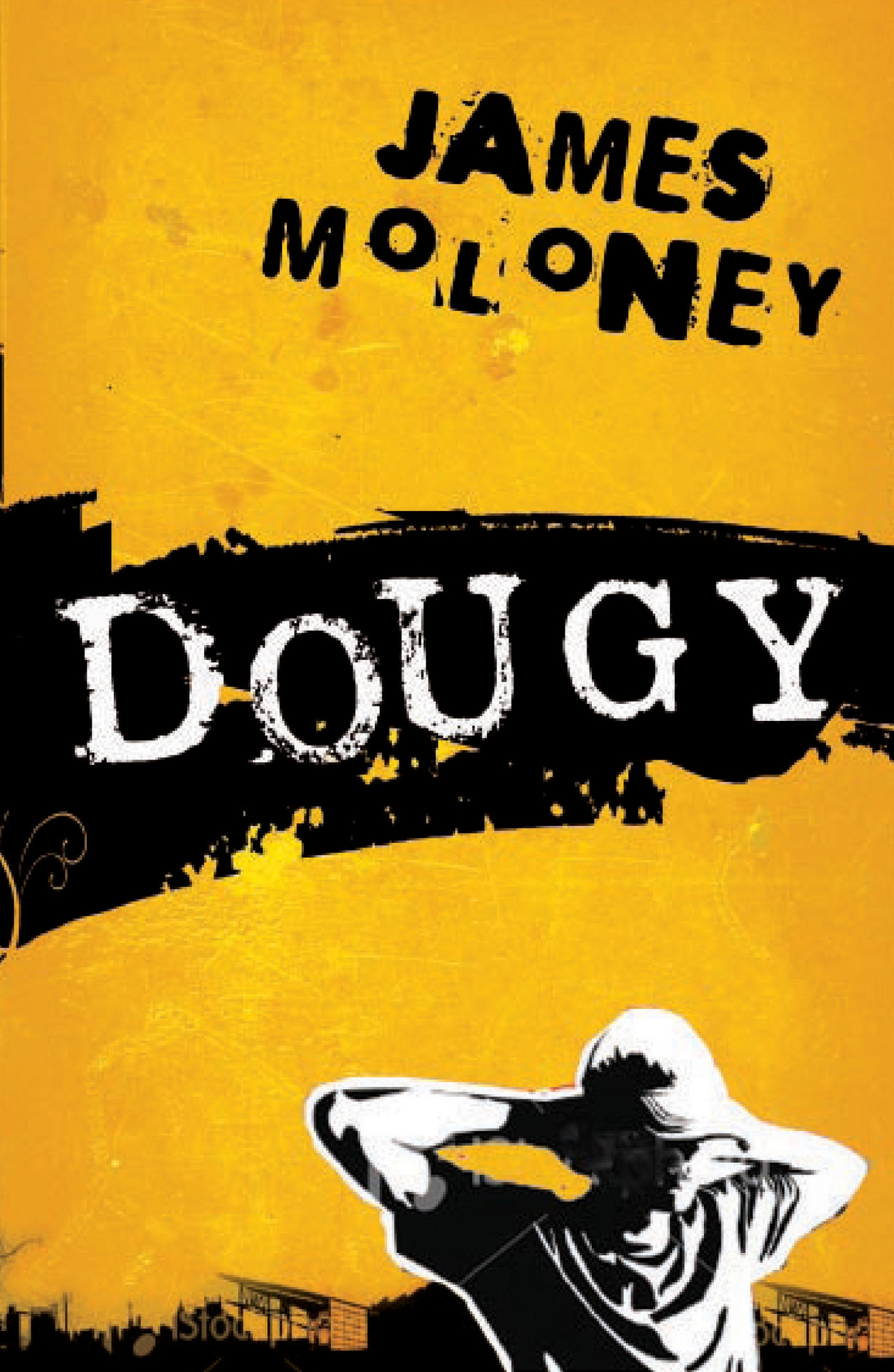 Ah, good question! But before I answer it, I’d like to comment on the wider concern of
Ah, good question! But before I answer it, I’d like to comment on the wider concern of 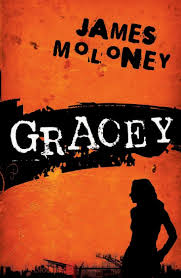 Shriver’s comments by making this observation. I seriously doubt any publisher would take on my novels Dougy and Gracey today because I am a white man writing about indigenous protagonists. On top of that, they are first person narratives. Personally, I consider them among my best efforts for the very reason that I had to force myself, as best as I could, into the mind set and experience of those indigenous Australians which is something all white Australians should spend some time doing. I feel sad about this because the manuscripts would be judged, not on their literary worth but on who wrote them.
Shriver’s comments by making this observation. I seriously doubt any publisher would take on my novels Dougy and Gracey today because I am a white man writing about indigenous protagonists. On top of that, they are first person narratives. Personally, I consider them among my best efforts for the very reason that I had to force myself, as best as I could, into the mind set and experience of those indigenous Australians which is something all white Australians should spend some time doing. I feel sad about this because the manuscripts would be judged, not on their literary worth but on who wrote them.
Focusing on the question at hand, it was taken as a given by the (all female) editorial team at Scholastic that The Young Vikings would feature strong female characters. Since much of the story involves fighting and training for battle, this meant fighting alongside the males. I had already created Thora before my literary agent approached Scholastic with the manuscript. They encouraged me to expand her role, include more girls and make them the equal of the boys. Fortunately, this isn’t such a stretch in Viking culture because ‘shield maidens’ are an historical fact. Willing young women were trained as warriors and went on raids in long ships, not to cook and sew, but to fight. Notably, they were barred from this role once they married. (Does that remind you of anything more recent?)
Had my story been set in medieval England I could not have met the editorial expectations without consciously ignoring historical fact. It wasn’t just the patriarchy’s arrogant dismissal of women as weak and of no account. The church controlled every facet of behaviour. Women who rebelled were ‘witches’. Joan of Arc was burned at the stake partly because she dressed as a man and wore armour into battle.
The cry of ‘political correctness gone mad’ is the familiar bleat of white, straight men who fear their dominance is threatened and Lionel Shriver loves to play the ‘agent provocateur.’ In this instance, though, her warning is valid. I believe it is currently impossible to portray female characters from centuries past acting in a manner consistent with how real girls/women went about their lives during that historical period. It is de rigueur to show them rebelling against stereotypes, confronting and defeating males who seek to confine them to traditional roles and doing so without paying the price that real females of the day would have been made to pay.
Do I lose sleep over it? No. A children’s book written in the 21st Century is for 21st Century youngsters, the female half of whom are being raised to expect equality with men and the freedom to express their femininity however they want. That is unreservedly a good thing. I don’t view the current mania for feisty young protagonists as propaganda. Nor do I think it is doing irreparable harm to our understanding of history. If it encourages girl readers to think of themselves more positively, then what’s the harm in that? These girls will, one day, as grown women, come to understand that the fictional heroine they once admired is an anachronism, but by then they will understand the historical context and how the role of females has changed.
How long did it take you to write The Young Vikings? Did you find it essential to visit Scandinavia and the fiords of Norway for research, or did you revel in reading lots of books?
For what is not a long book, it took a long time. Initially, I aimed at a teen audience. Scholastic liked the concept, but wanted a novel for 9 to 12-year-olds. That required a re-write. I had difficulty meeting the word limit restrictions and needed another draft to simplify the language. The whole process took two years, but I was working on other projects throughout that time as well.
I visited Scandinavia many years ago and inspected an ancient long ship in Oslo. That certainly helped. I read a lot about the region, browsed the Net for images and of course, the twotelevision series mentioned earlier proved useful. Physical familiarity with a setting has added authenticity to other novels, but as noted earlier, the editors didn’t want a lot of detail in The Young Vikings. The focus needed to be on the characters and their actions.
Are there any themes in the book that are especially important to you? Why pick them and not others?
The Young Vikings is an adventure story. Themes of courage, honour and sticking to your principles are woven into the story but they don’t exactly break new ground. That’s not the kind of story this is meant to be.
Are you writing anything now? Will there be more adventures for Hauk, Thora and the rest of the young Vikings?
Publishing is very tight these days. Scholastic will only commission a second story when they see the sales figures for this one. Once (if) they give the go-ahead, I’ll have to write quickly, but I already know my characters and I have a rough plan mapped out.
Anything else in the pipeline that we can look forward to?
I have a new YA novel coming in June titled The Love That I Have. It might just be my best yet. It might also be my last. I can’t write about contemporary teenagers with the confidence I once had. The Love That I Have is set in a Nazi concentration camp in 1944.
For those who would like to know more go to http://www.jamesmoloney.com.au/index.html
 The Young Vikings #1 When his village is attacked, Hauk Johanson has no choice but to step up and lead the young Vikings on a quest for revenge. But there is one problem—the young Vikings have never fought in battle. Can Hauk and his friends master the skills of sword and axe in time? Will the Gods be on their side? And does Hauk have what it takes to lead when the fate of an entire village lies in his hands?
The Young Vikings #1 When his village is attacked, Hauk Johanson has no choice but to step up and lead the young Vikings on a quest for revenge. But there is one problem—the young Vikings have never fought in battle. Can Hauk and his friends master the skills of sword and axe in time? Will the Gods be on their side? And does Hauk have what it takes to lead when the fate of an entire village lies in his hands?
Scholastic 2018, 212 pages, paperback $14.99 ISBN 9781743811191
Other titles by James Moloney mentioned in this article (all book blurbs by the publisher)
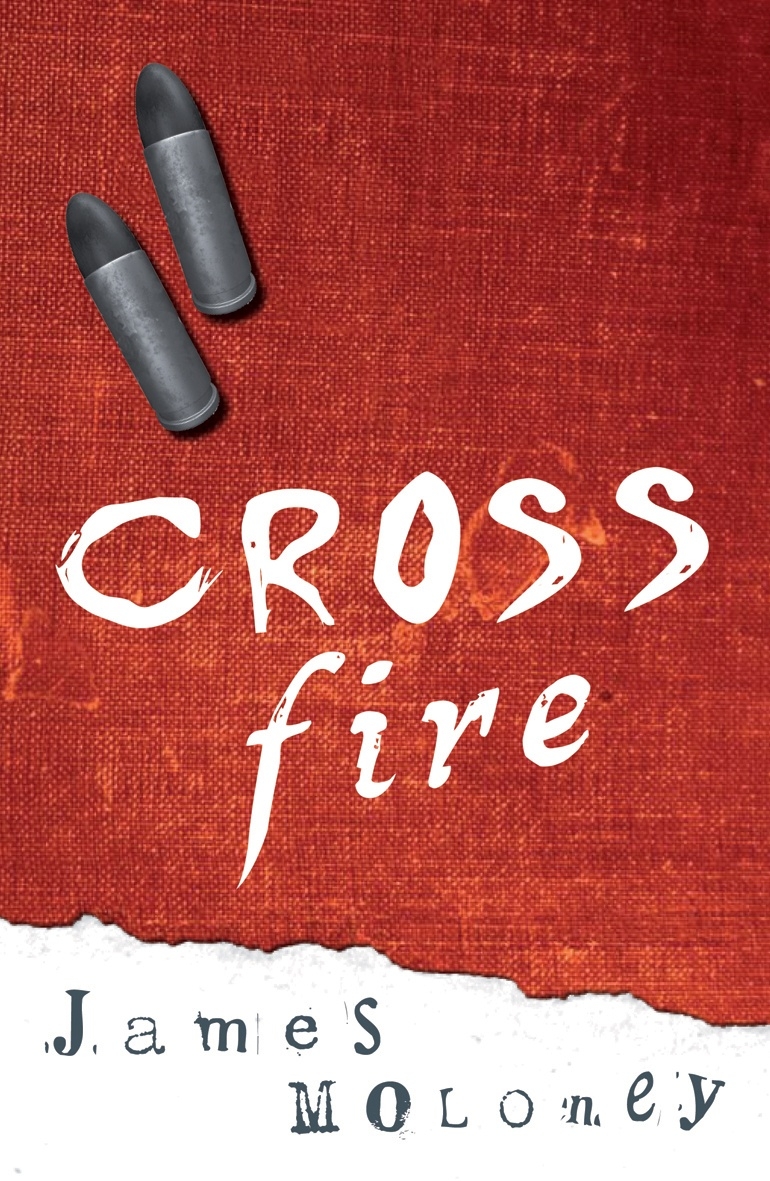 Crossfire When the Deputy Principal opens Luke Aldridge’s school locker, he finds a .22 calibre rifle. Thirteen-year-old Luke is in big trouble at school, and at home.
Crossfire When the Deputy Principal opens Luke Aldridge’s school locker, he finds a .22 calibre rifle. Thirteen-year-old Luke is in big trouble at school, and at home.
UQP 2007 (reissued), 192 pages, paperback $19.95, ISBN 9780702236273
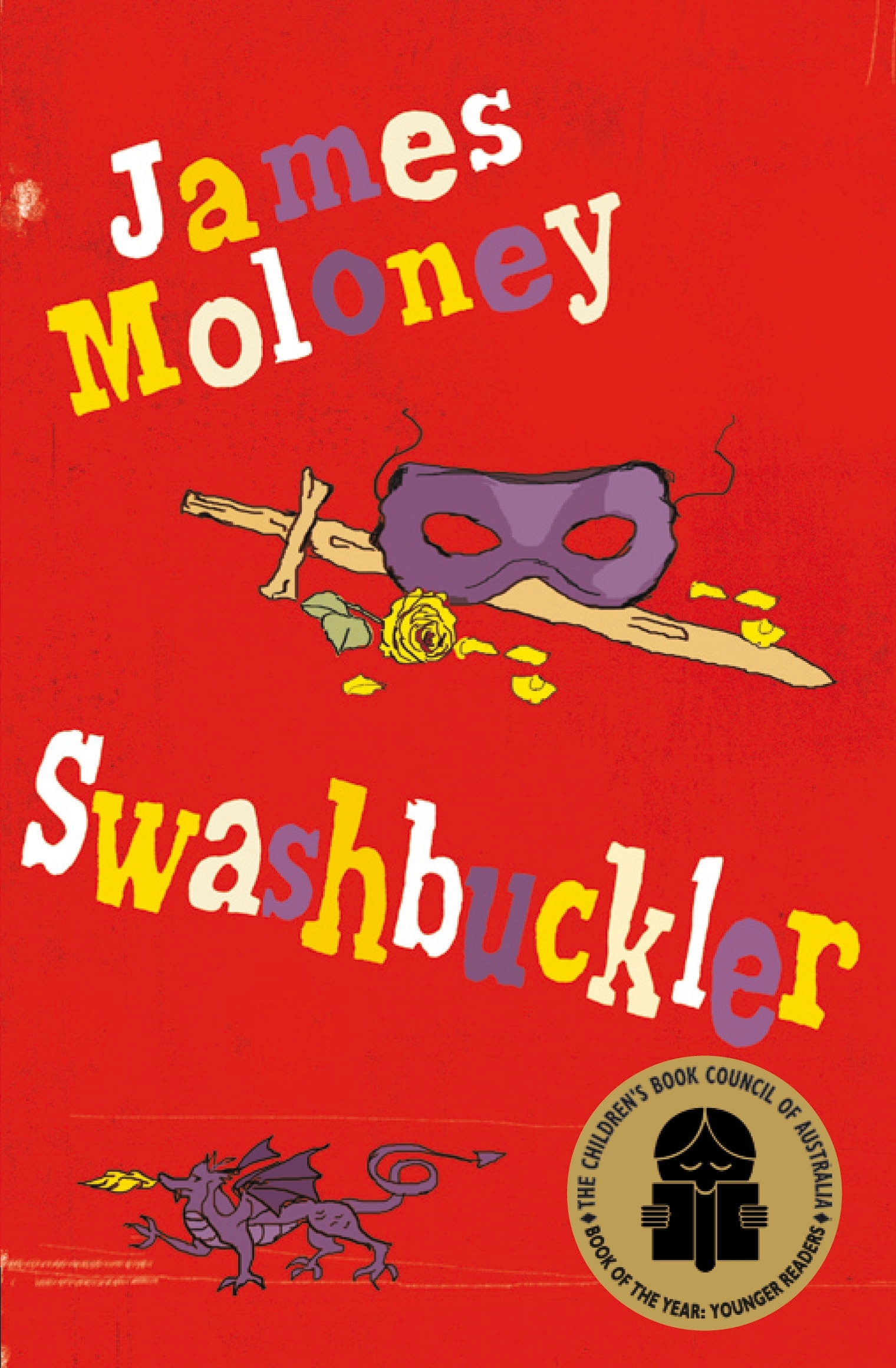 Swashbuckler Meet Anton. Kids think he’s a fruit loop because he talks like a pirate. But new boy, Peter McNeill, needs a friend and the boys soon discover they have the same problem – their dads. Peter’s father has gambled away all their money, but Anton’s dad . . . now that’s a different story.
Swashbuckler Meet Anton. Kids think he’s a fruit loop because he talks like a pirate. But new boy, Peter McNeill, needs a friend and the boys soon discover they have the same problem – their dads. Peter’s father has gambled away all their money, but Anton’s dad . . . now that’s a different story.
UQP, 1996, 144 pages, paperback $16.95, ISBN 9780702228254
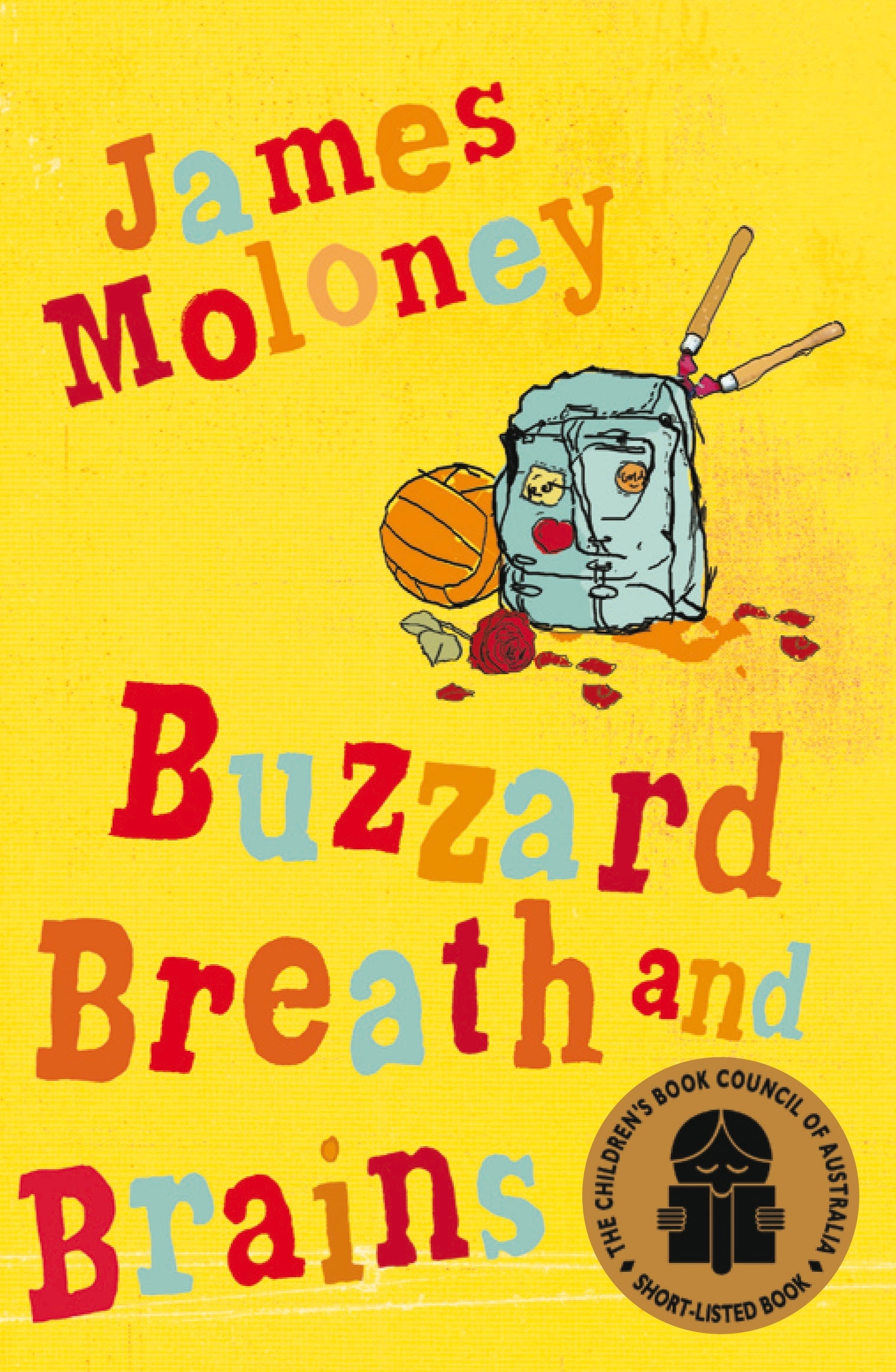 Buzzard Breath & Brains When the Principal’s prized rose garden was vandalised, Rex and his mate Tony copped the blame. But it was a set-up and Tony is ‘making enquires’. Rex’s cousin Natalie is on the case as well . . .A companion to Swashbuckler
Buzzard Breath & Brains When the Principal’s prized rose garden was vandalised, Rex and his mate Tony copped the blame. But it was a set-up and Tony is ‘making enquires’. Rex’s cousin Natalie is on the case as well . . .A companion to Swashbuckler
UQP 2003, 156 pages, paperback $14.95 ISBN 9780702233920
 Lost Property From the outside, Josh’s life looks pretty much perfect. He’s in a band, he has a gorgeous girlfriend and he does well at school. But Josh’s family has been slowly falling apart since his older brother disappeared two years before. Then Josh comes across a clue to Michael’s whereabouts in the Lost Property Office where he’s working for the holidays. Determined to put his family back together, and without a word to anyone, Josh too leaves Sydney in a desperate bid to bring his brother home.
Lost Property From the outside, Josh’s life looks pretty much perfect. He’s in a band, he has a gorgeous girlfriend and he does well at school. But Josh’s family has been slowly falling apart since his older brother disappeared two years before. Then Josh comes across a clue to Michael’s whereabouts in the Lost Property Office where he’s working for the holidays. Determined to put his family back together, and without a word to anyone, Josh too leaves Sydney in a desperate bid to bring his brother home.
Viking 2005, 268 pages, paperback $19.95, ISBN 9780670029433
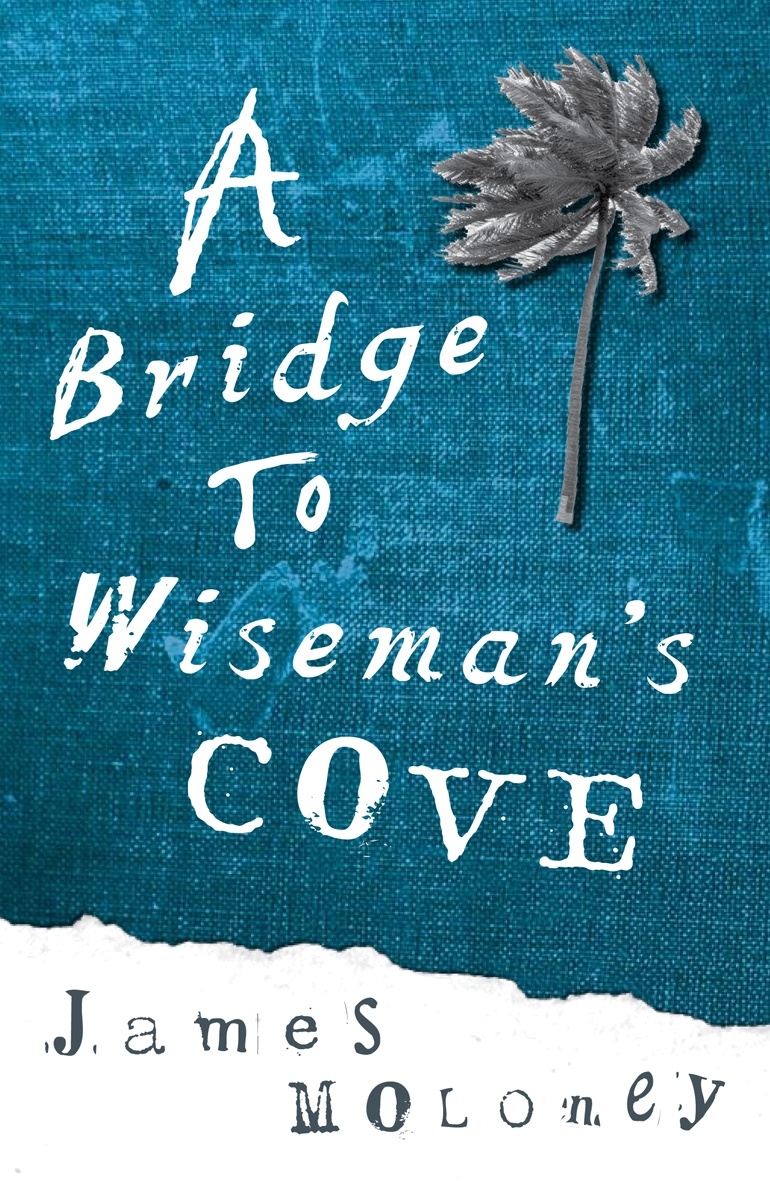 A Bridge To Wiseman’s Cove Carl Matt – even his name mocks him. The people of Wattle Beach do their best to grind him under foot. Why are the Matts such pariahs? The answer lies in Wiseman’s Cove, a short ride across the strait where Carl finds refuge in the most unlikely place. Wiseman’s Cove has been waiting for Carl – waiting a long time.
A Bridge To Wiseman’s Cove Carl Matt – even his name mocks him. The people of Wattle Beach do their best to grind him under foot. Why are the Matts such pariahs? The answer lies in Wiseman’s Cove, a short ride across the strait where Carl finds refuge in the most unlikely place. Wiseman’s Cove has been waiting for Carl – waiting a long time.
UQP 2007, 300 pages, paperback $19.95, ISBN 9780702236280
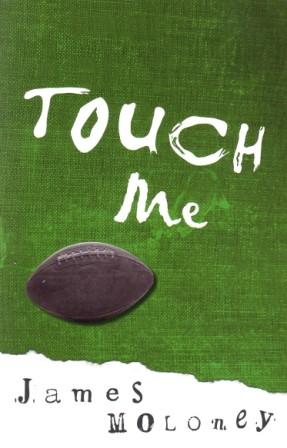 Touch Me For Xavier McLachlan, rugby is life. Winning a 1st XV jersey means everything… Until he meets Nuala Magee. She’s feisty, she’s troubled, she’s dangerous. What will his mates think? Does he even care? Everything looks different now. Xavier McLachlan is in love.
Touch Me For Xavier McLachlan, rugby is life. Winning a 1st XV jersey means everything… Until he meets Nuala Magee. She’s feisty, she’s troubled, she’s dangerous. What will his mates think? Does he even care? Everything looks different now. Xavier McLachlan is in love.
UQP 2007, 324 pages, paperback $19.95, ISBN 9780702236297
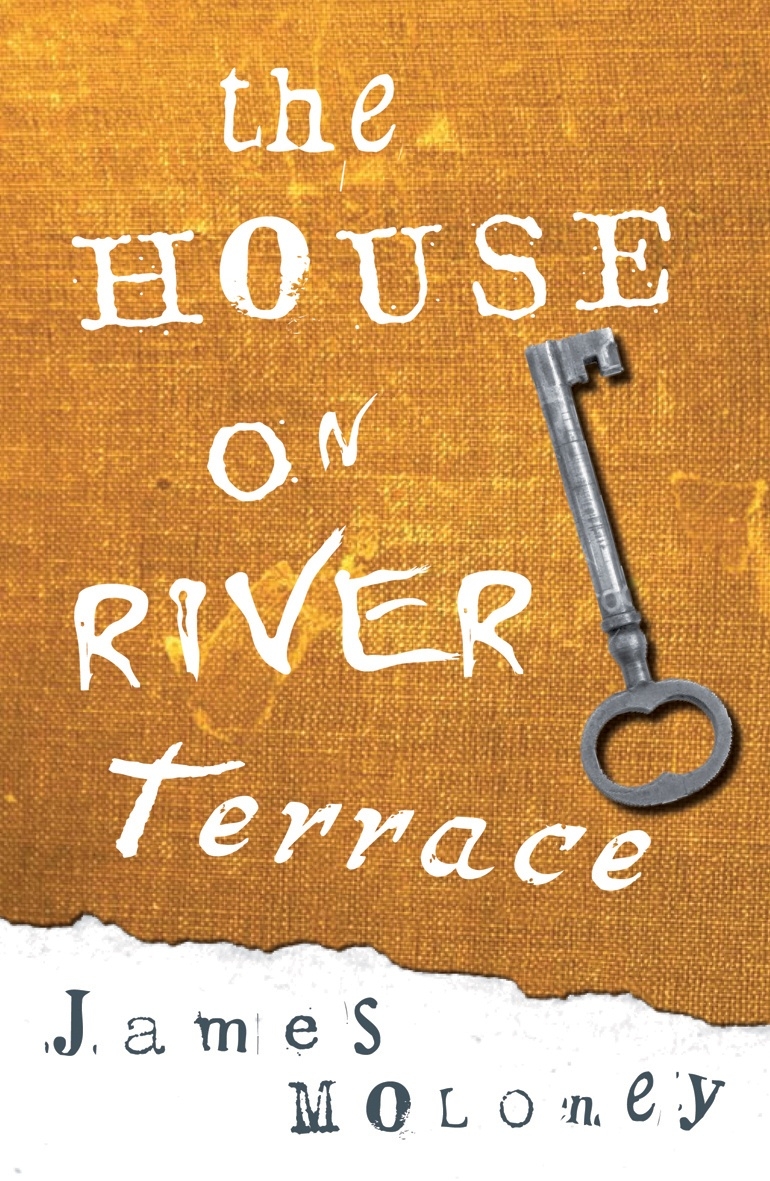 The House on River Terrace Ben Fielding is the sixteen-year-old son of a conservative politician. He is a dreamer and an artist whose friendship with the wild spirited street kid, Jess, draws him inevitably into conflict with his father. Watching him, brooding and beckoning is a derelict house. There are stories within its walls – stories hidden by the dust of time – stories waiting for Ben Fielding to uncover.
The House on River Terrace Ben Fielding is the sixteen-year-old son of a conservative politician. He is a dreamer and an artist whose friendship with the wild spirited street kid, Jess, draws him inevitably into conflict with his father. Watching him, brooding and beckoning is a derelict house. There are stories within its walls – stories hidden by the dust of time – stories waiting for Ben Fielding to uncover.
UQP 2007, 180 pages, paperback $19.95, ISBN 9780702236303
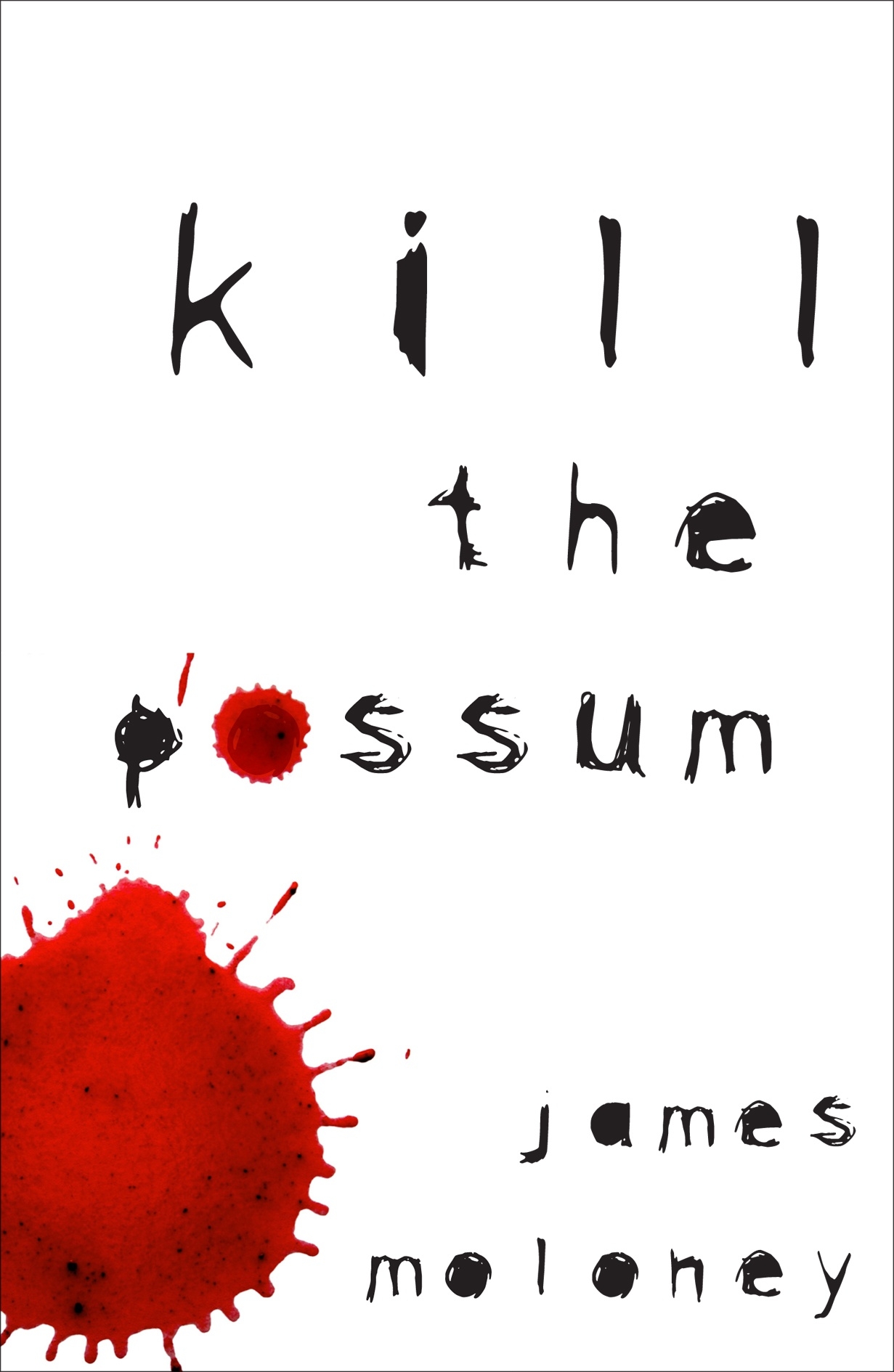 Kill the Possum A girl desperate to live a normal life. A family tormented by a monster’s cruelty. Two boys with a plan to make him stop. Forever. A gripping and powerfully moving story of a family stretched to breaking point – and a portrait of a killer…
Kill the Possum A girl desperate to live a normal life. A family tormented by a monster’s cruelty. Two boys with a plan to make him stop. Forever. A gripping and powerfully moving story of a family stretched to breaking point – and a portrait of a killer…
Penguin 2008, 286 pages, paperback $19.99, ISBN 9780143004202
 Dougy. Struggling at school, Dougy is quiet. He watches more than he speaks. His siblings, Raymond and Gracey, are the one with the talent: his brother a star footballer and his sister just picked for the state athletic championships. When racial tensions engulf their lonely town in the Australian outback, madness grips and hot-headed men give way to their fears. And waiting in the rising river waters lurks something even more dangerous. Death is stalking Dougy’s sister, Gracey, unless he can save her.
Dougy. Struggling at school, Dougy is quiet. He watches more than he speaks. His siblings, Raymond and Gracey, are the one with the talent: his brother a star footballer and his sister just picked for the state athletic championships. When racial tensions engulf their lonely town in the Australian outback, madness grips and hot-headed men give way to their fears. And waiting in the rising river waters lurks something even more dangerous. Death is stalking Dougy’s sister, Gracey, unless he can save her.
UQP 2009, 216 pages, paperback $19.95, ISBN 9780702237065
 Gracey Gracey’s back from boarding school for the holidays. She’s been gone two years and Brisbane is home now, not this hick town. Her brother, Dougy, is an embarrassment, especially when he finds some gruesome old bones that bring experts and activists to town. Gracey’s glad she can get back to school, where she feels at ease with her friend, Angela. But Dougy and those bones won’t leave her alone. They’re part of history that draws her in, revealing more about her family than she could possibly have guessed. Who is Gracey? Does she even know herself?
Gracey Gracey’s back from boarding school for the holidays. She’s been gone two years and Brisbane is home now, not this hick town. Her brother, Dougy, is an embarrassment, especially when he finds some gruesome old bones that bring experts and activists to town. Gracey’s glad she can get back to school, where she feels at ease with her friend, Angela. But Dougy and those bones won’t leave her alone. They’re part of history that draws her in, revealing more about her family than she could possibly have guessed. Who is Gracey? Does she even know herself?
UQP 2009, 258 pages, paperback $19.95, ISBN 9780702237072
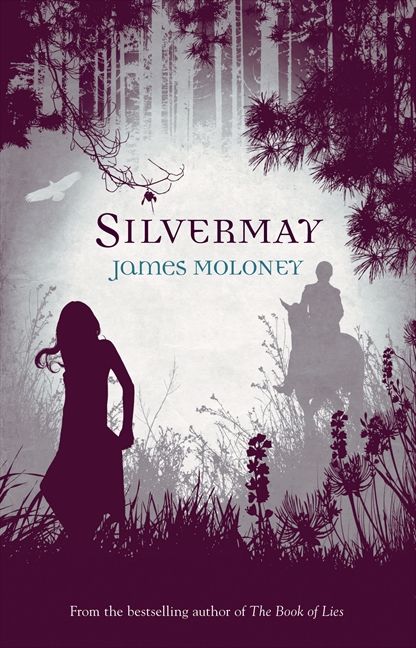 Silvermay Sixteen-year-old Silvermay Hawker feels drawn to the newcomer in her village – a young man of solemn good looks named Tamlyn. But only heartache can come of this, because Tamlyn is devoted to Nerigold and to little Lucien, her son. So things seem, until the dark forces of Coyle Strongbow come in search of Nerigold’s baby and Silvermay is swept up in the young family’s escape. First in a trilogy
Silvermay Sixteen-year-old Silvermay Hawker feels drawn to the newcomer in her village – a young man of solemn good looks named Tamlyn. But only heartache can come of this, because Tamlyn is devoted to Nerigold and to little Lucien, her son. So things seem, until the dark forces of Coyle Strongbow come in search of Nerigold’s baby and Silvermay is swept up in the young family’s escape. First in a trilogy
Harper Collins AU 2011, 448 pages, paperback $24.99, ISBN 9780732292034
Many of these titles have been used in schools and there is a wealth of teacher’s notes and learning material available on the publisher’s websites and on the Net generally.
© StoryLinks 2018 Mia Macrossan
Comments
Sorry, the comment form is closed at this time.



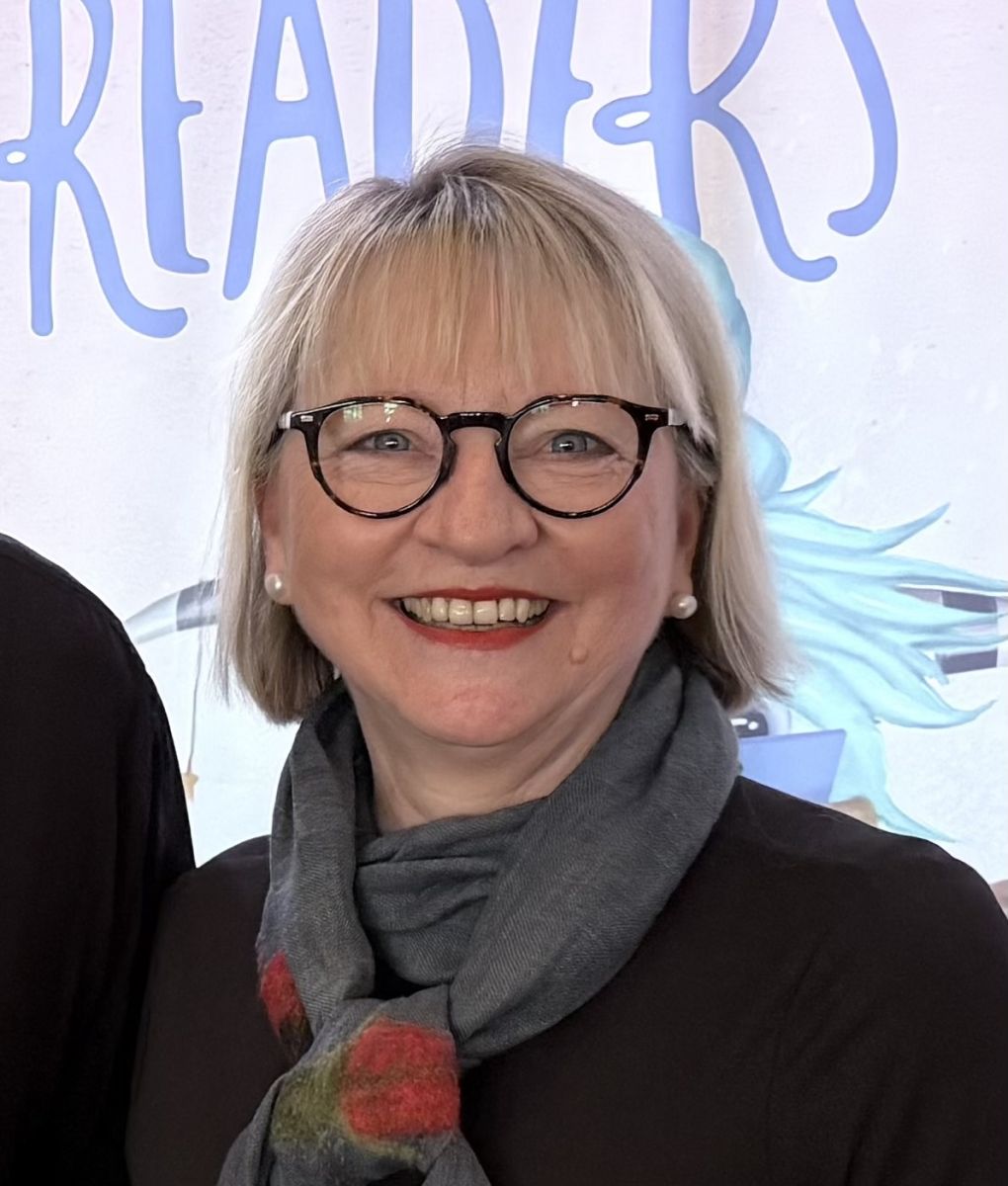
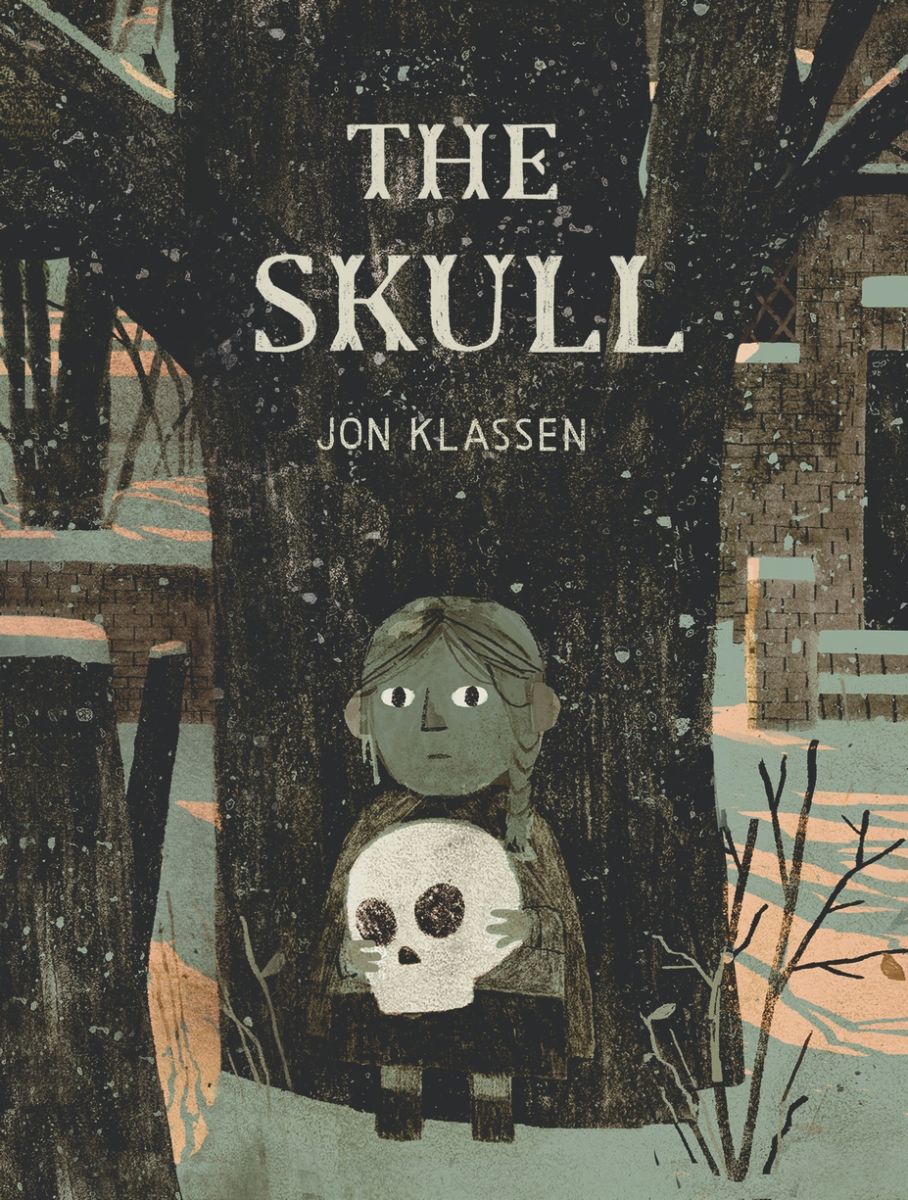
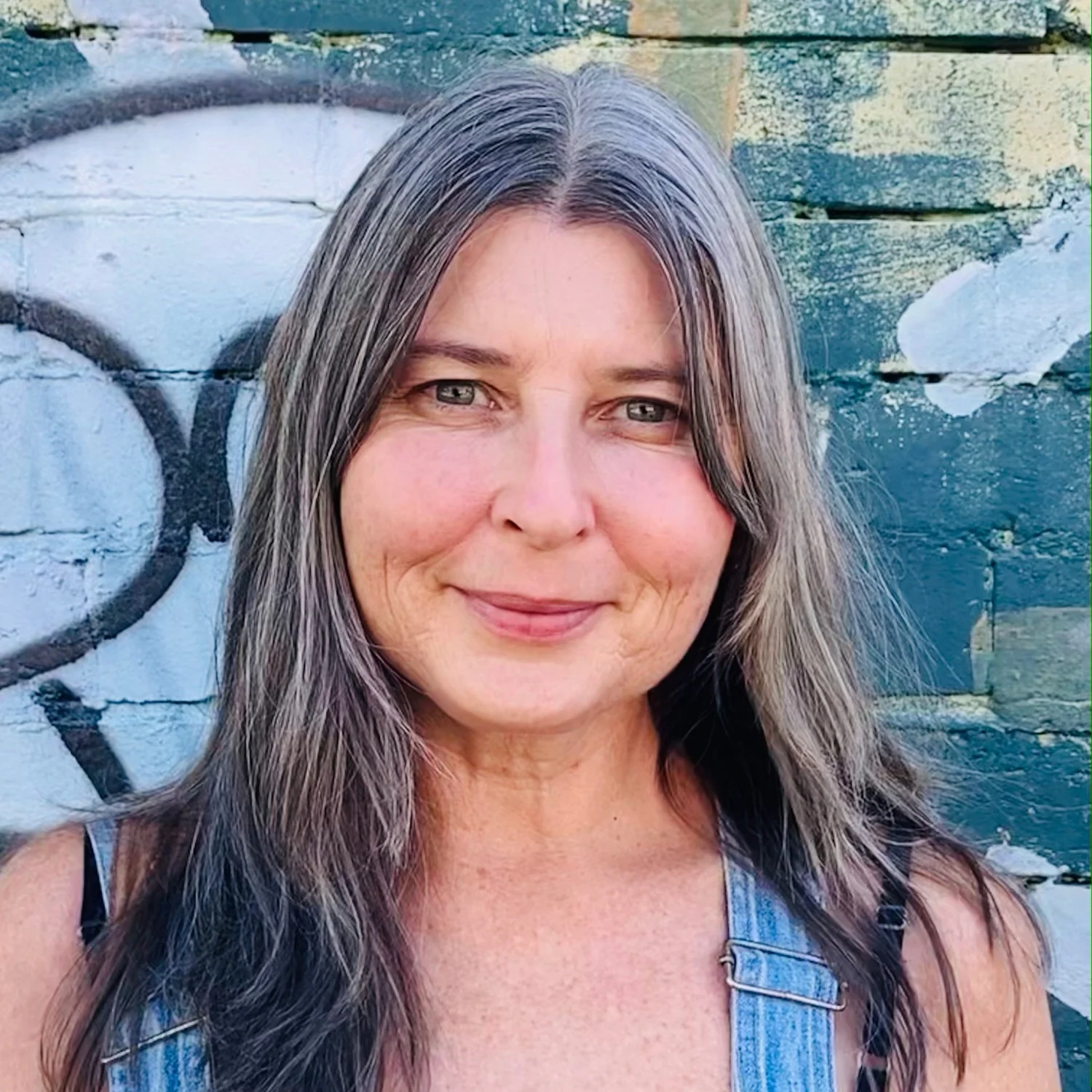

Nicculent
Love how much effort you put into writing your blog-posts, I will surely read one of these books.I’d love for you to check my blog out as well<3Lots of love,keep blogging:)